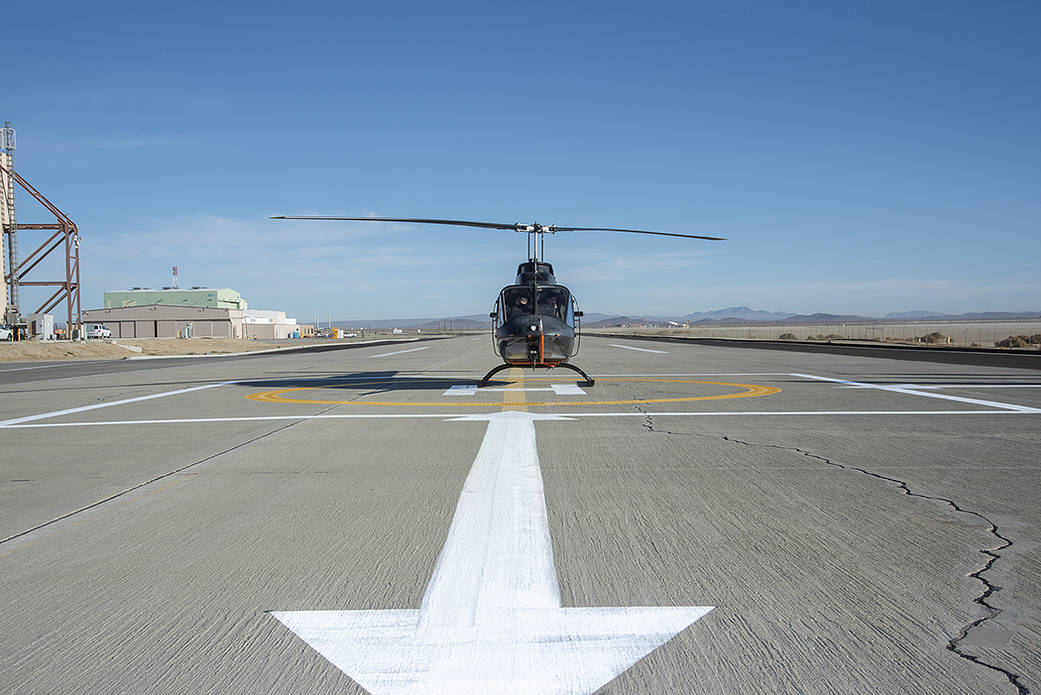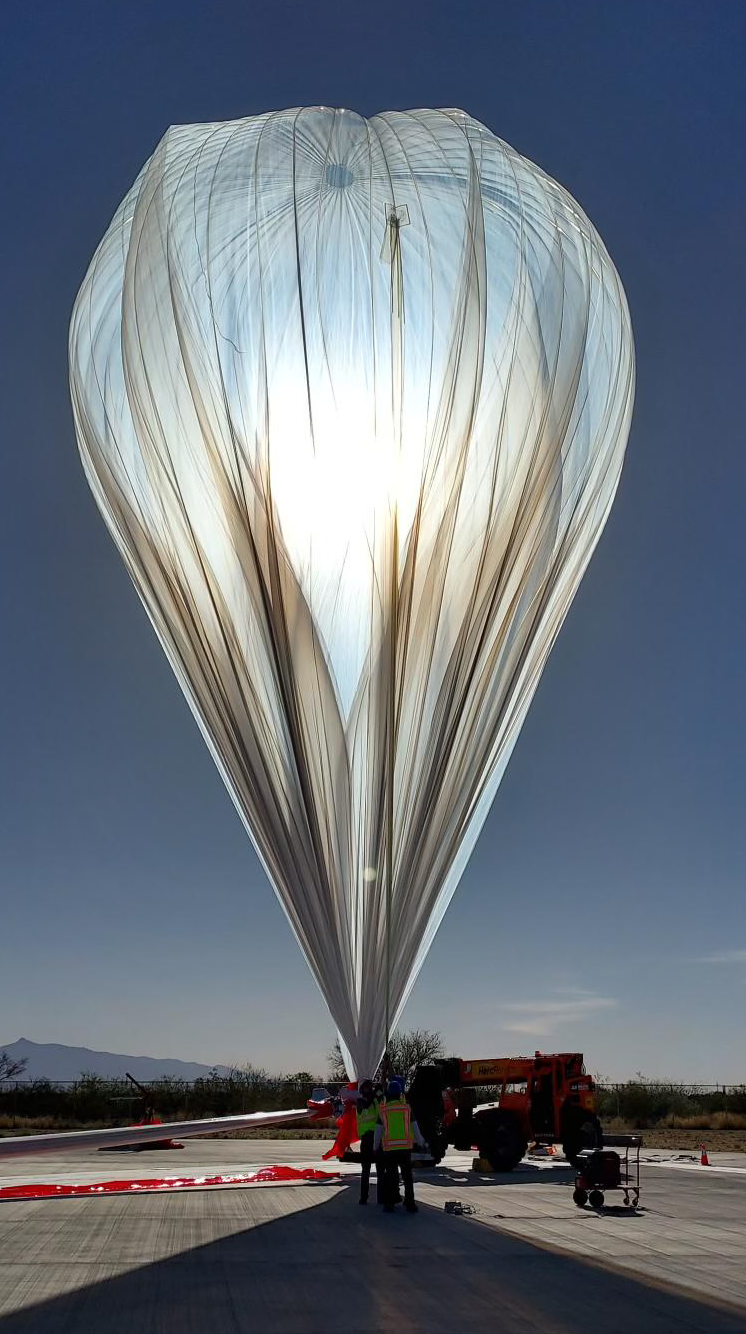The X-40A was an 80% subscale version of the X-37 experimental autonomous spaceplane technology demonstrator, but lacking propulsion or thermal protection systems. The X-40A flew seven approach and landing test flights at NASA’s Dryden (now Armstrong) Flight Research Center in Edwards, California, in 2001 to reduce risk for the X-37 program, including in-flight evaluation of guidance, navigation and control software for its autonomous flight controls. The craft was towed aloft by an Army CH-47D Chinook helicopter to an altitude of 15,000 feet, and then released to fly an autonomously controlled 75-second descent to a landing on the main runway at Edwards Air Force Base. Boeing built the X-40A originally for the Air Force as part of that service’s Space Maneuver Vehicle program. It made one free flight in 1998 at Holloman Air Force Base in New Mexico before being loaned to NASA to aid the X-37 effort. The X-37 is being developed by Boeing for NASA to demonstrate advanced integrated technologies that would reduce the cost and risk of future reusable space launch vehicle systems.
1 min read































